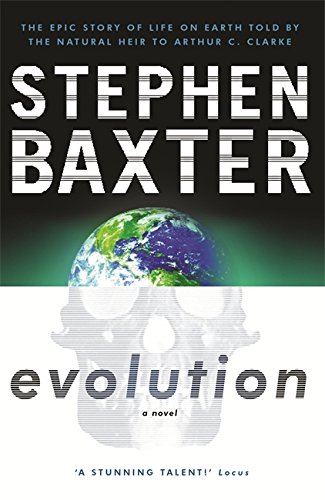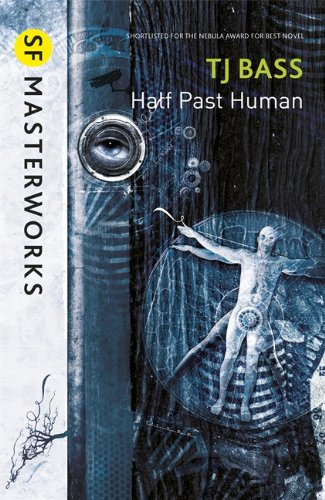Review: The Lost Continent by Bill Bryson
WELCOME TO DES MOINES.
THIS IS WHAT DEATH IS LIKE.
As a pre-teen boy growing up in Iowa, Bill Bryson read National Geographics and yearned to be a European boy, to travel, to be someplace else. Small-town America was just so rural.
And in many books (In a Sunburned Country, Neither Here Nor There, Notes from a Small Island, Bill Bryson's African Diary), Bryson has done exactly that. Even better, his witty travelogues invite us to join him for good times and bad.
The Lost Continent brings Bryson back to America, back to the rural scenery he once despised. He plans to travel a route across the mid-west in homage to his father. Along the twisted secondary-highway route, Bryson reconnects with the country of his birth, as manifested in the small towns, parks, and wayside stops he visits. His road trip expands to cover the whole American scene, from the largest city to the grubbiest desert cafe-grocery store-gas station. This is Bill Bryson, after all—we visit the pits as often as the heights.
A Bryson travelogue is a series of poignant or pithy vignettes, stirred together into a potage of unique flavor. It will never be too sweet. New York: "Next door a store sold pornographic videos, right there on Fifth Avenue. My favorite was Yiddish Erotica, Volume 2. What could this possibly consist of...?"
In Britain it had been a year without summer. Wet spring had merged imperceptibly into bleak autumn. For months the sky had remained a depthless gray. Sometimes it rained, but mostly it was just dull, a land without shadows. It was like living inside Tupperware.
The Lost Continent brings Bryson back to America, back to the rural scenery he once despised. He plans to travel a route across the mid-west in homage to his father. Along the twisted secondary-highway route, Bryson reconnects with the country of his birth, as manifested in the small towns, parks, and wayside stops he visits. His road trip expands to cover the whole American scene, from the largest city to the grubbiest desert cafe-grocery store-gas station. This is Bill Bryson, after all—we visit the pits as often as the heights.
In the morning I awoke early and experienced that sinking sensation that overcomes you when you first open your eyes and realize that instead of a normal day ahead of you, with its scattering of simple gratifications, you are going to have a day without even the tiniest of pleasures; you are going to drive across Ohio.
A Bryson travelogue is a series of poignant or pithy vignettes, stirred together into a potage of unique flavor. It will never be too sweet. New York: "Next door a store sold pornographic videos, right there on Fifth Avenue. My favorite was Yiddish Erotica, Volume 2. What could this possibly consist of...?"
Wells, NV, had: "absolutely, in my opinion, the worst food I have ever had in America, at any time, under any circumstances..."; Savannah, GA: a Hyatt Regency: "from the F-ck You school of architecture..."
But then he praises Detroit's Henry Ford Museum: "Grudgingly I paid the admission charge and went in. But almost from the moment I passed through the portals I was enthralled." And Charleston, SC: "I walked away the afternoon, up and down the peaceful streets, secretly admiring all these impossibly happy and good-looking people and their wonderful homes and rich, perfect lives."
Bryson's decades living in England make so much about America appear fresh to him, from TV commercials to the "chichi" signs on a shop door. Like many readers, I watched to see if Bryson would visit my hometown, and then waited with bated breath to see if it would receive that rare sweet comment, or strike a sour note. Even Bryson himself is not immune; he detoured from his planned route to visit Bryson City, and found himself regretting he did not have a crowbar to remove a souvenir sign.
I particularly fancied having the Bryson City Church of Christ sign beside my front gate in England and being able to put up different messages each week like REPENT NOW, LIMEYS.
I like Bill Bryson's books; I've been to many of the places he describes—or I feel that I have, after reading them. It's the way he has of taking us along, like passengers in the back seat of the family car. We may not pick the itinerary, but there we are, enjoying and suffering by turns as Bryson drives.
Are we there yet?











